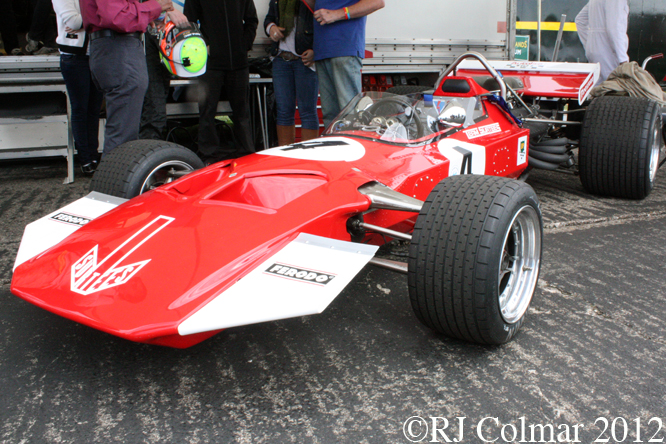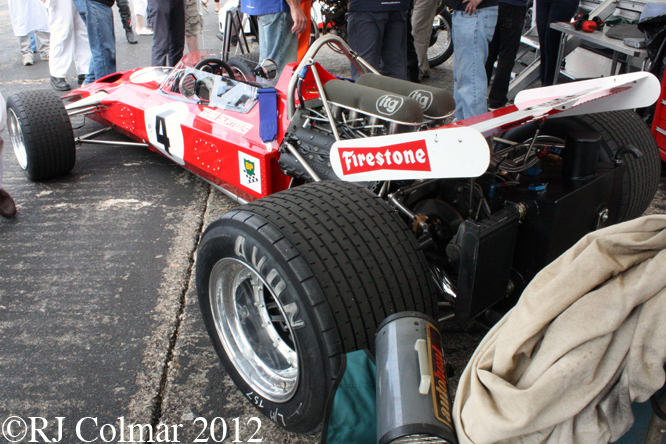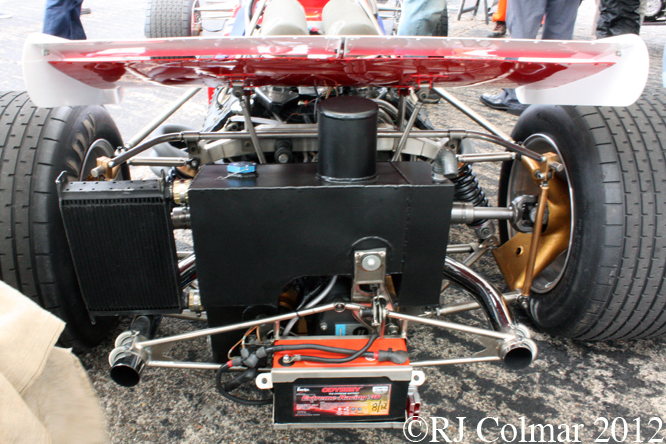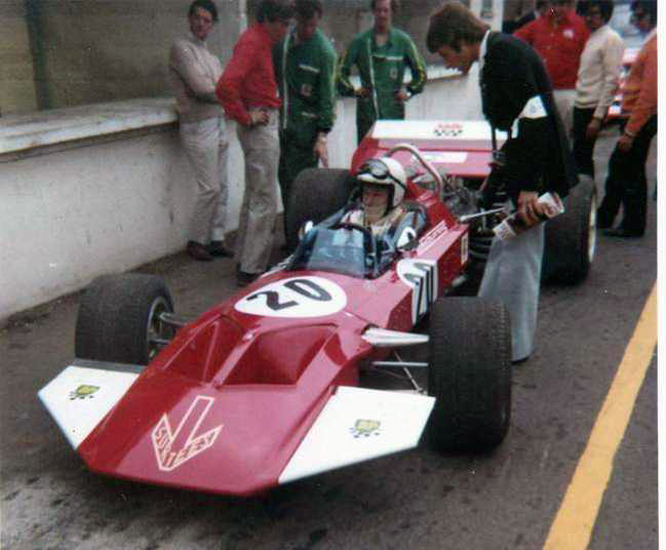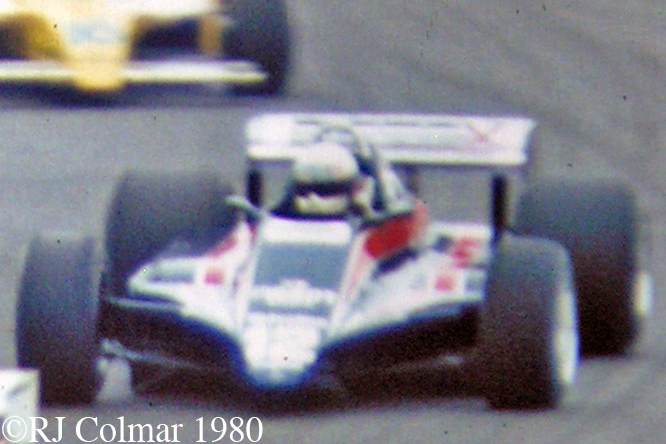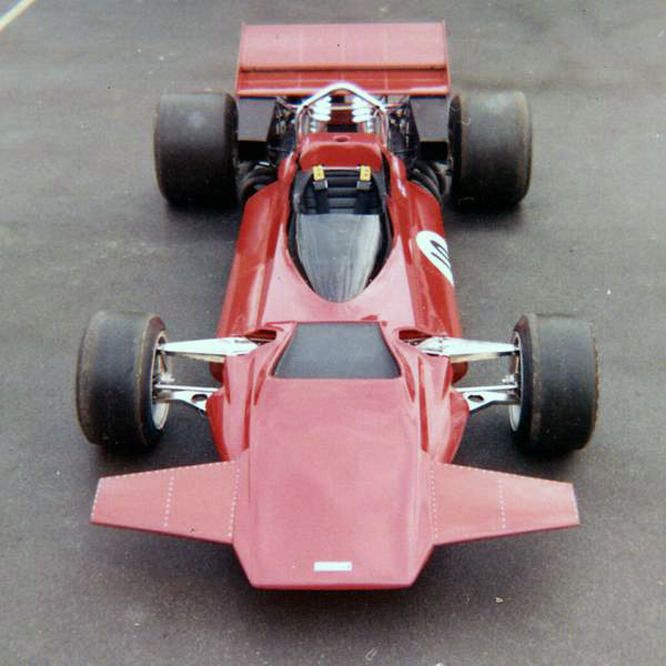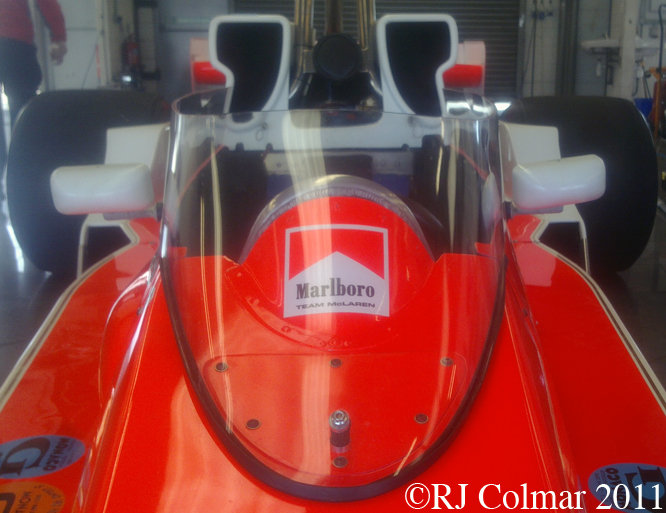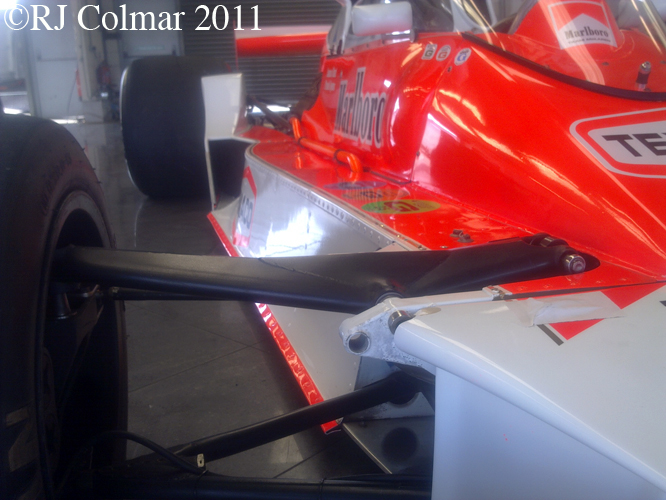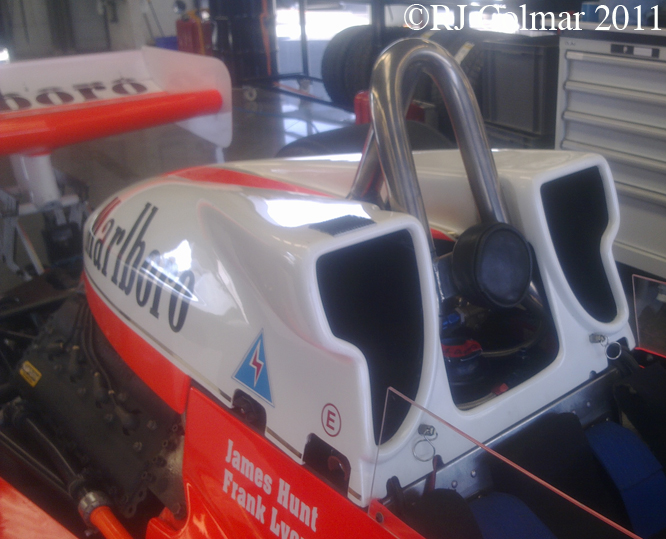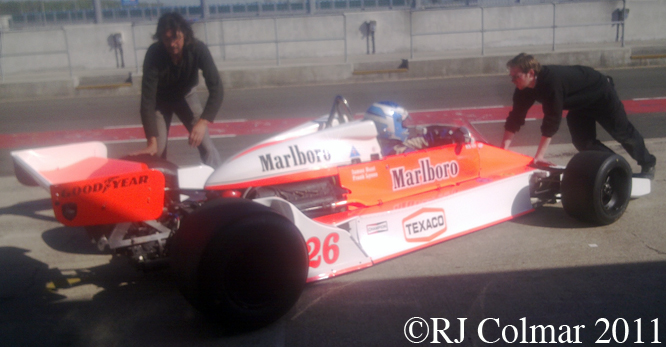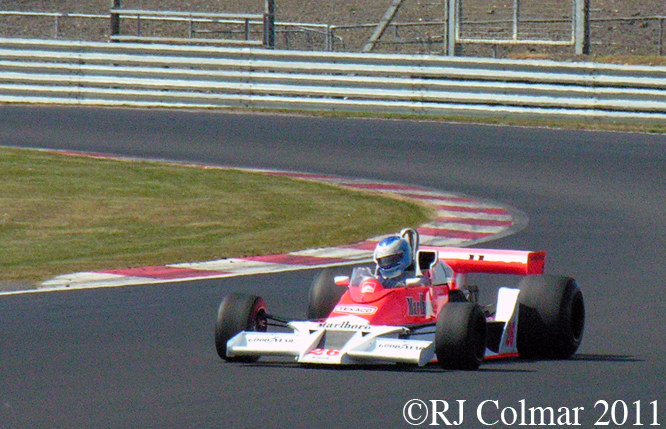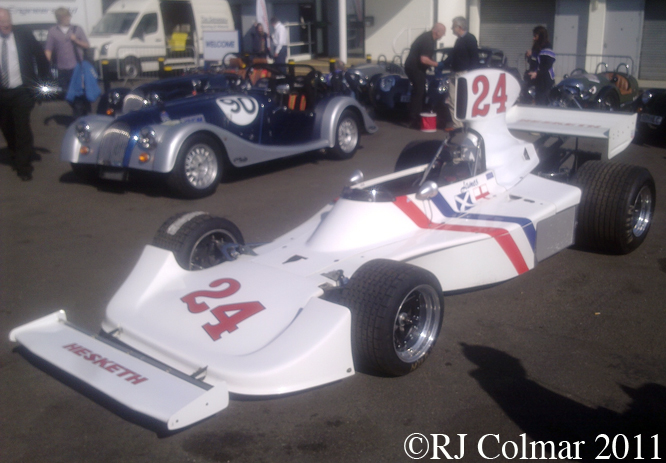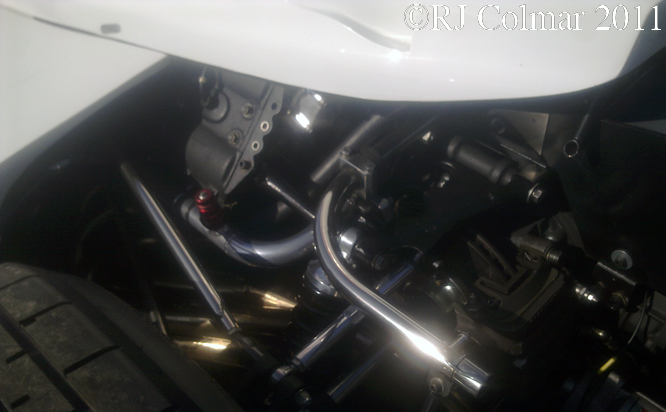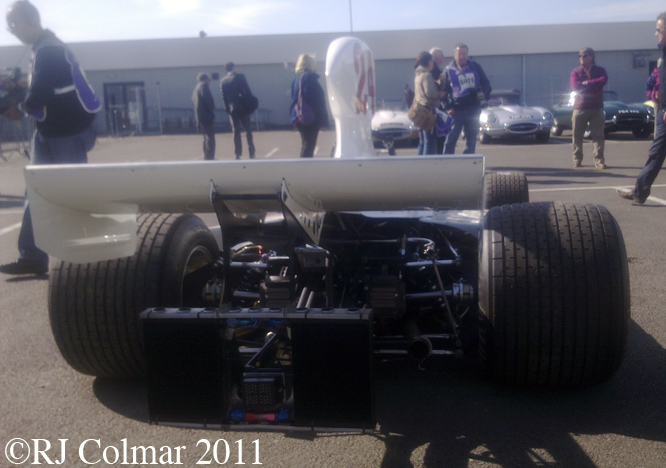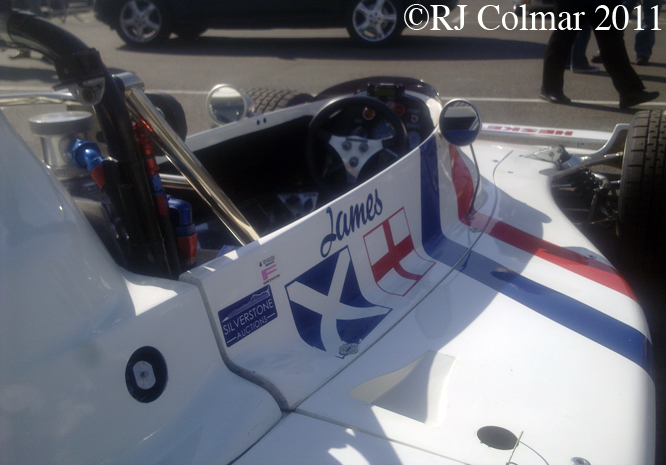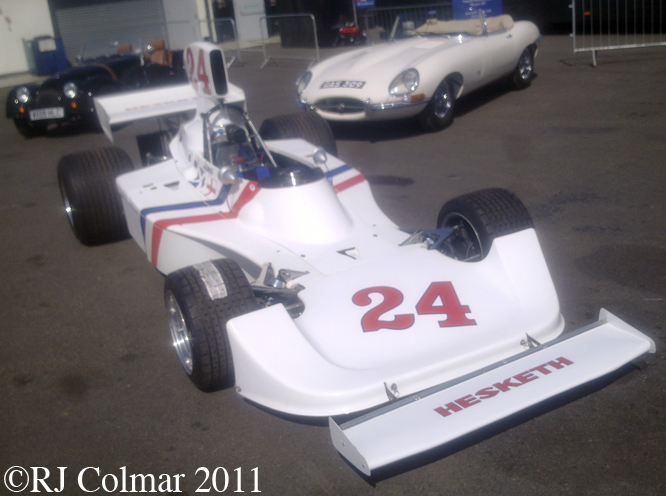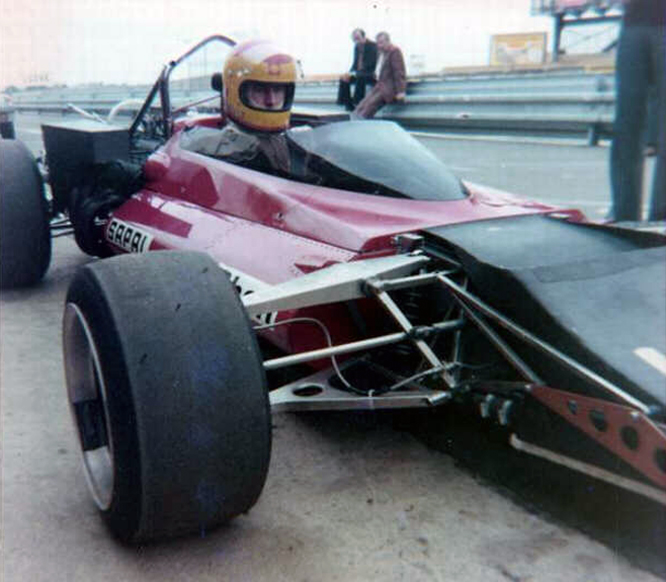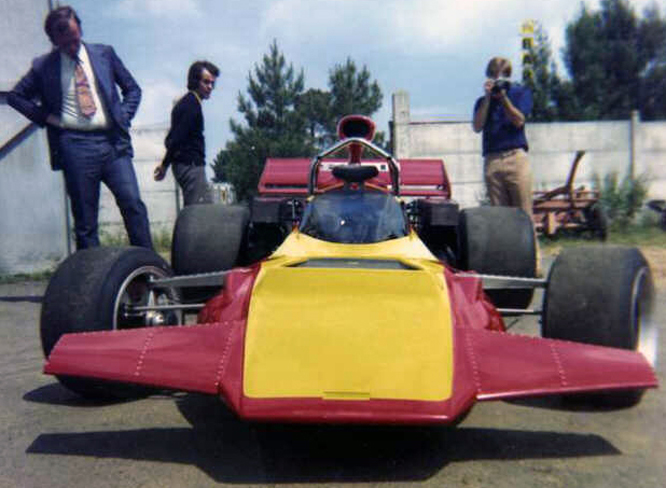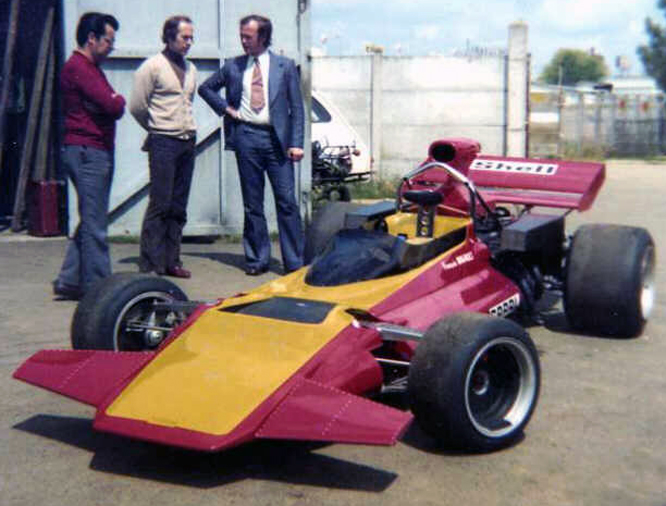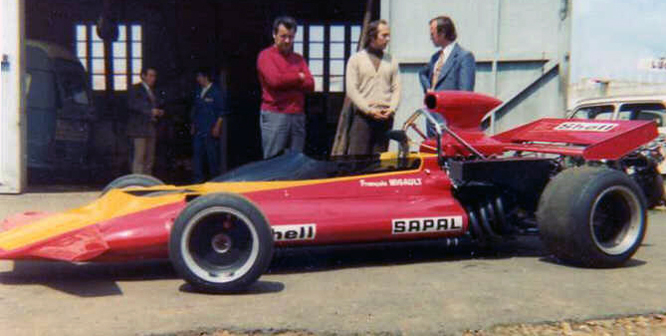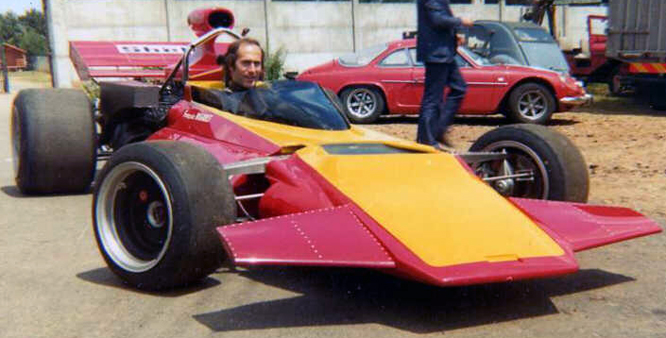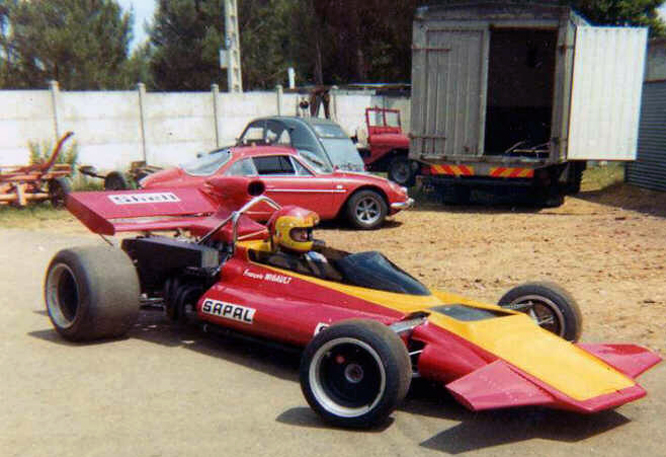After quitting Ferrari midway through 1966 John Surtees joined the Cooper Maserati team and finished the season second to Champion Jack Brabham who became the, first and so far only driver to win the Formula Championship in a car of his own design. At the end of the 1966 season John drove a Lola T70 in the inaugural Can Am championship run by his own team winning three races and beating Mark Donohue to the Championship.
For 1967 ‘Big John’ joined the Honda Grand Prix team which netted a win in the Italian Grand Prix while he returned to defend his Can Am championship but with only a single win he could not keep up with the Bruce and Denny show which was gathering steam taking 5 victories between them in their orange McLaren Chevrolet M6A’s.
Two unreliable seasons in formula one followed first with Honda in 1968 and then BRM in 1969, but in 1969 John started building his first cars, designed by Len Terry the TS5’s were designed for the stock block Formula 5000 series, Team Elite ran one of these cars and with Trevor Taylor at the wheel it scored four straight victories.
After his poor run of results with the BRM P138 and P139 which netted a season best 3rd place finish John determined he would enter the 1970 season as a constructor designing the TS7 seen here with help from Sahab Ahmed and a plucky draughtsmen with not much Formula One experience but plenty designing consumer electrical goods namely Peter Connew.
Seen here earlier this year in the Wings and Wheels paddock at Dunsfold Aerodrome, with an 8′ wheel base the Surtees TS7 was a typical period garagistes car with a monocoque held together by three bulkheads, a Ford Cosworth DFV motor acting as stressed member of the chassis with a Hewland DG300 five speed gearbox at the back.
John made his debut with his new car at the 1970 British Grand Prix at Brands Hatch where Peter Connew’s cousin took the photo below. Peter can be seen at the extreme top right of the photo standing next to him is Sahab Ahmed.
John scored a season high 5th place finish with the TS7 at the Canadian Grand Prix and won the non championship Oulton Park Gold Cup with the same chassis which was restored to it’s present condition in 2010. In 1971 Brian Redman drove this chassis to a seventh place finish in South Africa, Allan Rollinson then drove it to a 9th place finish in the International Trophy at Silverstone and finally a week after wining the 1971 Le Mans 24 Hours with Helmut Marko, Gijs van Lennep drove the car to an 8th place finish in his home Dutch Grand Prix run at Zandvoort.
My thanks to Barry Boor for sharing his photograph.
Thanks for joining me on this “International Gold Cup Winner” edition of “Gettin’ a li’l psycho on tyres” I hope you will join me again tomorrow. Don’t forget to come back now !


